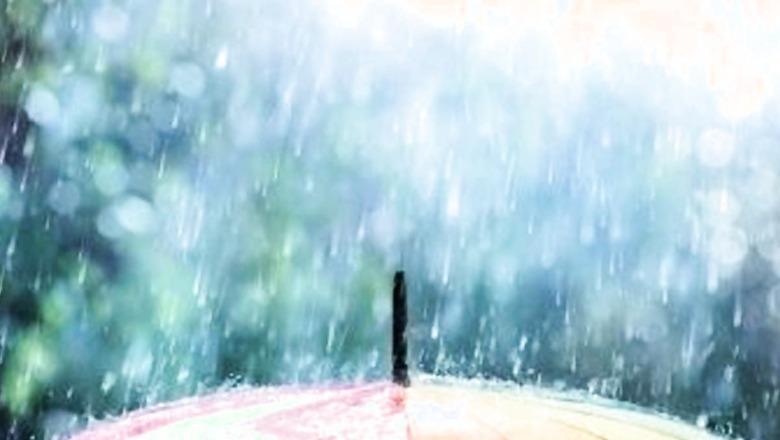
views
That amazing fresh fragrance that lingers in the air after rain is probably something that many people are acquainted with. It turns out, though, that some individuals may be able to detect that all-too-familiar aroma even ahead of the rain. That means individuals who claim to be able to sense an impending storm are accurate. Weather patterns create unique scents that are detectable by sensitive nostrils. What is the science behind it, though?
The pleasant aroma that hangs about after a period of intense rain really has a name, and it’s called ‘petrichor.’ In the 1960s, two Australian scientists named Isabel Joy Bear and Richard Grenfell Thomas gave the scent its scientific name. The name ‘petrichor’ itself comes from two Greek words: ‘ichor,’ which in Greek mythology denoted the liquid that ran in the veins of the gods, and ‘petros,’ which means ‘stone.’ The phrase was selected to highlight the interdependence of the earth and the air, which is essential to the scent’s release during rainfall.
A soil bacterium produces the smell by releasing a chemical known as ‘geosmin’. The purpose of the fragrance produced by the bacteria is to draw in other creatures to the soil, which helps the germs spread to new areas. When raindrops strike the ground and flatten out, pockets of air can get trapped within, which is why the scent is so strong after a downpour. Then, they burst like microscopic aerosols, carrying with them whatever chemicals and microbes that just so happen to be there.
However, IFLScience has shown that there is an additional source of odour that may affect humans. This is known as ‘ozone’. The fragrance of ozone is unique and sweeter than that of petrichor. Ozone smells can occasionally signal the approach of a storm. This is due to winds in the impending storm pushing pockets of ozone gas down to the earth. This implies that they will be at the point where they are most likely to be detectable by our noses.
This finding may have ramifications for our knowledge of the distribution of different substances in the environment and the transmission of illnesses originating in the soil.













Comments
0 comment